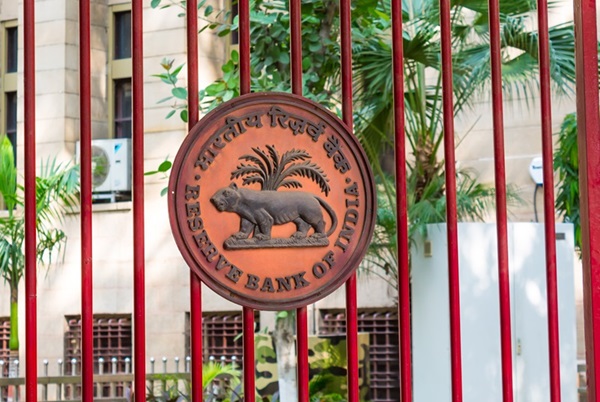.png)

Dhananjay Sinha, CEO and Co-Head of Institutional Equities at Systematix Group, has over 25 years of experience in macroeconomics, strategy, and equity research. A prolific writer, Dhananjay is known for his data-driven views on markets, sectors, and cycles.
February 28, 2025 at 4:13 AM IST
The Reserve Bank of India's decision to reverse its November 2023 risk-weight norms for bank lending to non-banking financial companies and microfinance institutions does not come as a surprise. In its last monetary policy announcement, the RBI acknowledged that the cost of regulation was outweighing its objectives of efficiency.
However, beneath the veneer of regulatory easing lies a tacit admission: the central bank’s incremental approach is struggling to reconcile conflicting pressures from a depreciating rupee and tightening liquidity.
Regulatory Reversal
In November 2023, the RBI imposed a 25% incremental risk weight on bank loans to NBFCs and MFIs to temper overheated retail lending. The move achieved its aim—perhaps more decisively than intended. Bank credit growth to NBFCs slowed from 19% in November 2023 to 6.7% by December 2024. For NBFCs excluding housing finance companies, which account for 80% of the sector, the slowdown was more pronounced, from 30% to 9.3%. By the second quarter of 2024-25, overall NBFC credit expansion, excluding HFCs and core investment companies, declined to 16% from 22.1% a year earlier. MFIs followed suit, easing to 21.8% from 29% a year ago.
The latest easing provides relief to NBFCs and MFIs by improving access to bank credit. However, it raises pertinent questions.
These measures had also targeted consumer credit risks via higher weights on unsecured loans. Yet, the current relaxation applies solely to NBFCs and MFIs. The RBI’s rationale remains unclear—is this a liquidity triage or a growth stimulus?
While framed as growth-enabling, the timing underscores urgent currency concerns. The rupee’s slide to 87-88 levels against the dollar has disrupted NBFC strategies. With domestic credit constrained, NBFCs turned to external commercial borrowings, supported by the RBI’s exchange rate stance. This helped contain margin pressure amid slower lending growth.
ECB inflows surged to a nine-month average of $2 billion—a 129% rise since November 2023. However, the rupee’s rapid depreciation changed the dynamics—leading to higher debt servicing costs—eroding margins by 50-100 basis points between September 2023 and December 2024.
A Zero-Sum Game
As ECB borrowing got more expensive, NBFCs started looking towards domestic banks, which were constrained due to higher risk weights. But the relaxation of norms comes at a time when deposit growth lags credit expansion, pushing the credit-deposit ratio to a record 80.4%. Thus, switching back of NBFC funding from ECBs to domestic borrowing is intensifying the tightening liquidity further. By easing risk weights, the RBI aims to facilitate this transition. Yet the policy creates tensions: strained liquidity from the ECB switches would limit RBI’s ability to stabilise the rupee through dollar sales, compelling a sharper currency depreciation.
Despite RBI’s liquidity measures such as CRR cut, open market operations, bond purchases, and forex swaps, conditions remain taut. Even the 25-basis-point rate cut earlier this month failed to ease money market rates.
Notwithstanding these encumbrances, the solidifying acquiescence to policy accommodation indicates that RBI may be amenable to further regulatory easing.
The proposal to eliminate prepayment charges on retail loans, combined with income tax sops, suggests a broader attempt to stimulate leveraged consumption, particularly in urban areas facing income pressures. Possibly, the central bank may also relax the stringency on uncollateralised retail lending of banks and NBFCs.
However, these remain countercyclical responses to more profound structural constraints. The RBI’s actions assume India’s slowdown is cyclical, with potential growth still above 7%. Yet, structural headwinds —stagnant wages, shrinking household savings, and weak deposit growth—remain unaddressed.
As a result, the RBI’s accommodative policy stance and exchange rate rigidity are creating persistent distortions. Liquidity infusions address short-term imbalances, but do little to actually resolve employment concerns. Expanding retail credit amid peak household indebtedness risks worsening defaults, while inflating vulnerabilities rather than productivity.
The RBI’s regulatory shift reveals a central bank navigating competing imperatives: stabilising the rupee, reviving leveraged consumption, ensuring adequate liquidity and containing inflation. However, without addressing structural constraints, such measures could prove self-defeating for India’s long-term economic stability.




